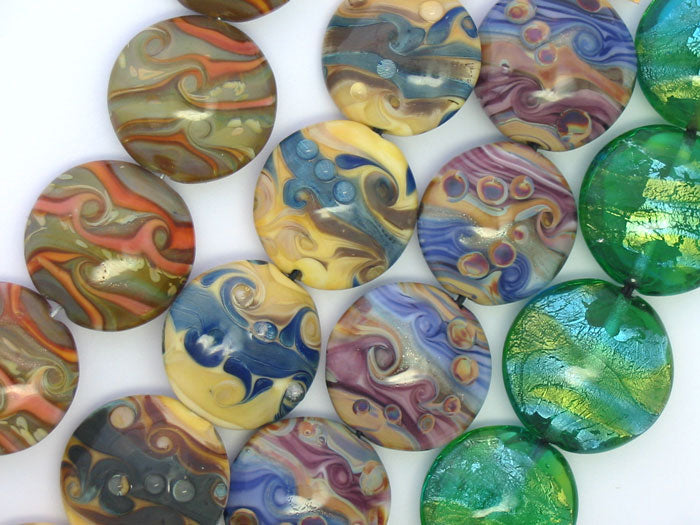Venetian glass is a type of glassware that is renowned for its exceptional beauty, quality, and intricate designs. It is made on the island of Murano, located in the Venetian Lagoon near Venice, Italy. The history of Venetian glass-making dates back to the 8th century, and over time, the glass-makers of Murano have developed a range of sophisticated techniques for creating stunning works of art.
Venetian glass is known for its clarity, brightness, and ability to refract light in a way that produces vibrant, shimmering colors. The glass-makers of Murano use a variety of techniques to achieve these effects, including the use of multiple layers of colored glass, the application of gold and silver leaf, and the creation of intricate designs using a combination of hot and cold working methods.
The most famous type of Venetian glass is probably the millefiori style, which features tiny, intricately woven canes of colored glass that are cut and arranged to form patterns. Other popular styles of Venetian glass include latticino, filigree, and reticello.
Venetian glass remains highly sought after today and is considered a true work of art. Many contemporary glass-makers still produce beautiful pieces in the traditional Venetian style, and many museums and collectors hold extensive collections of antique Venetian glass.

